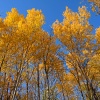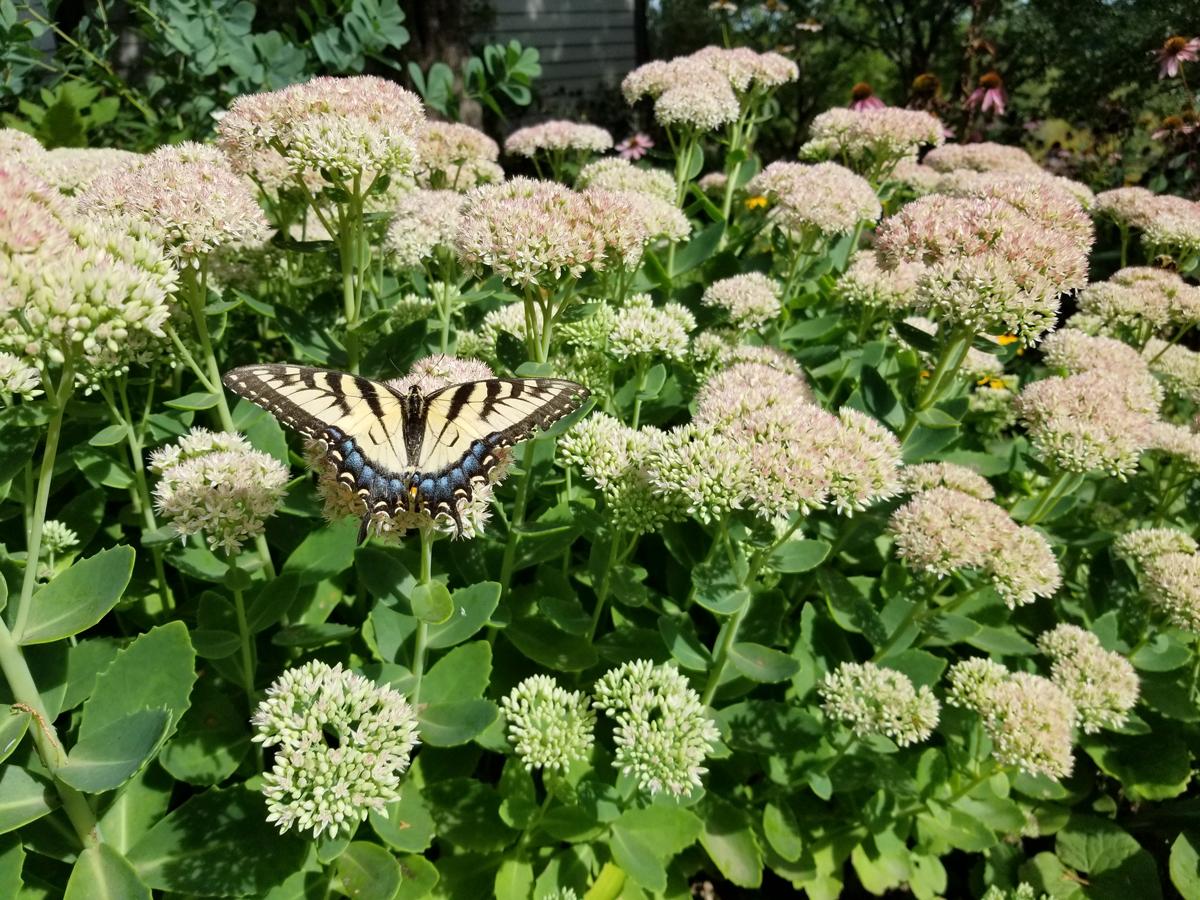Conservation Minnesota has long supported The Board of Water & Soil Resources’ (BWSR) Lawns to Legumes program. Today, Policy Director Nels Paulsen presented the House Environment and Natural Resources Committee with a letter of support for the passing of HF 207. This bill would help combat population decline by creating new pollinator habitats. Here is the letter he submitted in support.
———
January 11, 2023
Chair Hansen and Members of the Environment and Natural Resources Committee,
We write today to ask for your support for HF 207 (Tabke), providing vital support for Minnesota’s pollinators through BWSR’s Lawns to Legumes program.
At Conservation Minnesota, we’re dedicated to protecting the people and the places that Minnesotans love. Due to its profound impact on local ecosystems and agricultural outcomes, we believe that pollinator health is incredibly important to this mission.
Pollinators are a key driver of environmental and agricultural prosperity in our state. Many of Minnesota’s most important plant species require assistance from pollinators in order to reproduce, as insects are responsible for more than 99% of non-wind, non-water-related pollen transfer. The thousands of animal pollinator species in Minnesota offer pivotal support for our state’s flowering landscapes and agricultural crops, providing sizable economic value to residents. In fact, the estimated annual nationwide value of pollination of food crops by honey bees alone is over $15 billion.
However, despite pollinators’ significant role in Minnesota’s environment, their populations are in serious decline, due in part to preventable or mitigable circumstances. The rusty patched bumble bee has disappeared across most of its historical range. Monarch butterfly populations are smaller than they were 20 years ago. Dakota skipper butterflies have nearly lost their entire natural wild population. And, in just one recent season, Minnesota beekeepers lost 54.5% of their local colonies. According to researchers, a major cause of this decline stems from ongoing habitat loss and degradation. But with consistent funding for Lawns to Legumes, we can help reverse this trend and restore pollinator health.
By providing financial and technical assistance to plant pollinator-friendly landscapes, Lawns to Legumes creates an opportunity to protect pollinators while providing additional benefits for water management, carbon sequestration, and landscape resiliency. With pilot funding from the Environment and Natural Resources Trust Fund, the Board of Water and Soil Resources has already proved that Lawns to Legumes could become an effective model for pollinator protection. Now, it’s time to establish sustainable funding for this program from the General Fund.
By passing HF 207 (Tabke), the Legislature can expand the opportunity for Minnesotans to contribute to pollinator health, and, in turn, can empower residents to protect their local ecosystems and agriculture systems from the comfort of their own lawns. We respectfully urge your support.
Sincerely,
Nels Paulsen, Policy Director
David Pelikan, Policy Associate

